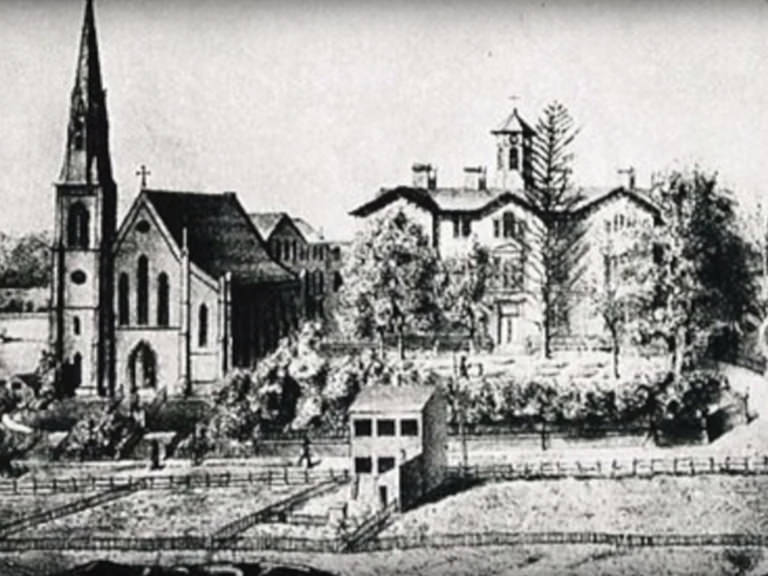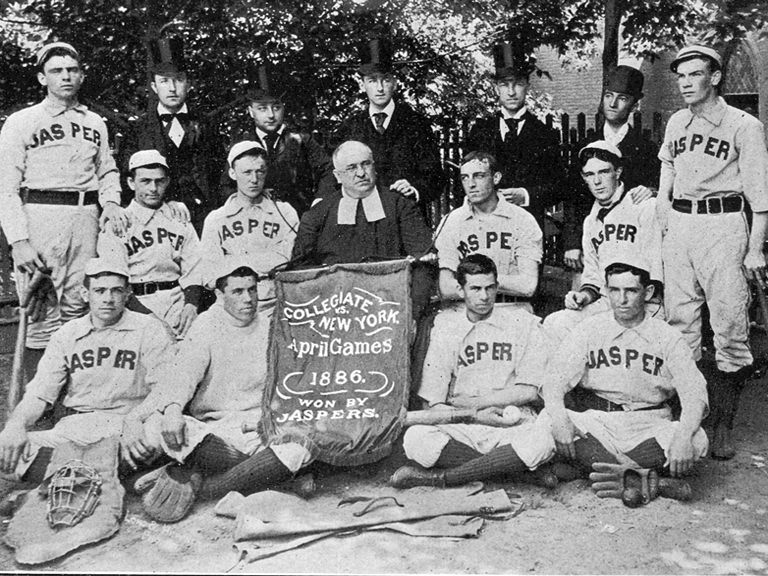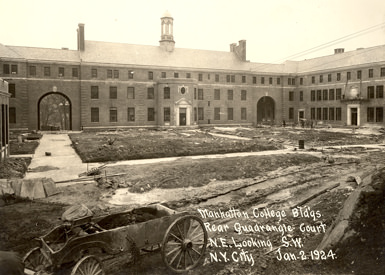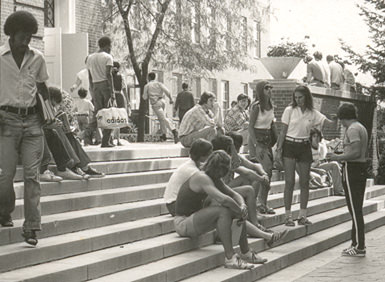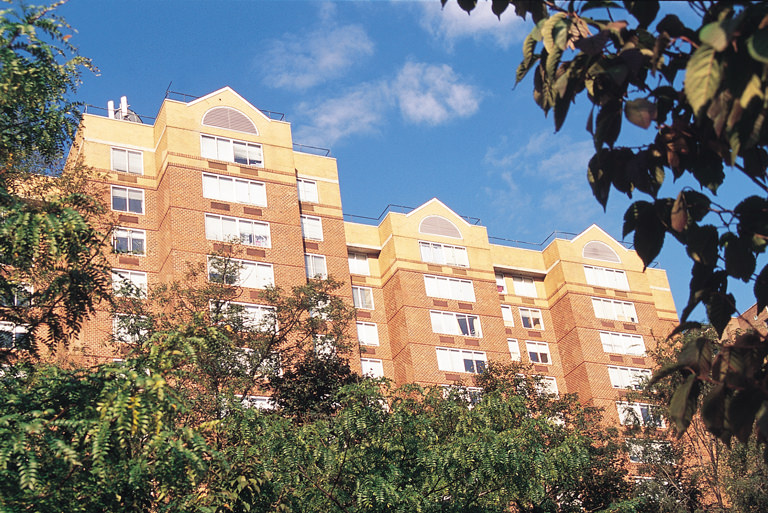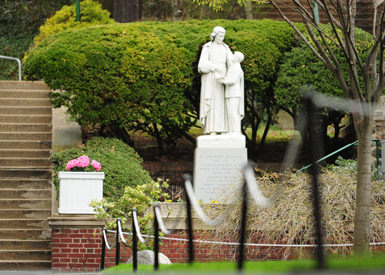History of Manhattan University
As an institution founded in 1853, Manhattan University (formerly Manhattan College) has a long and storied history.
-
In the Beginning
-
Becoming the Jaspers
-
Move from Manhattan to Riverdale
-
20th Century
-
A Growing Campus
-
Manhattan College Announces Name Change to Manhattan University
-
Lasallian Tradition Today and Always
